1. Location (on a map) of collection: Porterville, CA
2. Date of collection: 6/23/2018, ~ 14:00-14:30
3. Habitat of collection: Found in the brush and leaf litter next to a dirt path directly adjacent to a creek.
4. Length (from head to gaster): 15-17mm
5. Color, hue, pattern and texture: Head, mesosoma, and gaster are a uniform black. Head and mesosoma have a slight sheen, while the gaster has a slightly matte appearance. Legs and the ends of the antennae can have a slightly dark brown/ reddish-maroon colour depending on the lighting and the angle from which they are observed.
6. Distinguishing characteristics: Size and strength should most definitely be noted. Petiolar node is short, and wedge shaped, pressed very close to the first gastral segment. Post-petiole is absent. Sparse erect hairs on the gastral borders. Maxillary palps are long.
7. Distinguishing behavior: During collection, was very aggravated. Continuously pulls at cotton.
8. Nest description: Found an area containing several ground entrances to a colony. I'm unsure if this was the nest of origin. Workers guarding the exterior appeared monomorphic (or at leaste there were no majors present), brownish black in colour, with hairs along the gaster giving a silvery/green sheen. That being said, this specimen was collected approximately 30 yards from that nest, underneath a small cluster of trees shading the path mentioned above.
9. Nuptial flight time and date: Unknown, presumably sometime in the morning of 6/23/2018.
So un-related to this, a few weeks ago I found a L. occidentale and thought until corrected that it was part of Camponotus. Having found this little lady, I don't believe I'll ever make that particular mistake again.
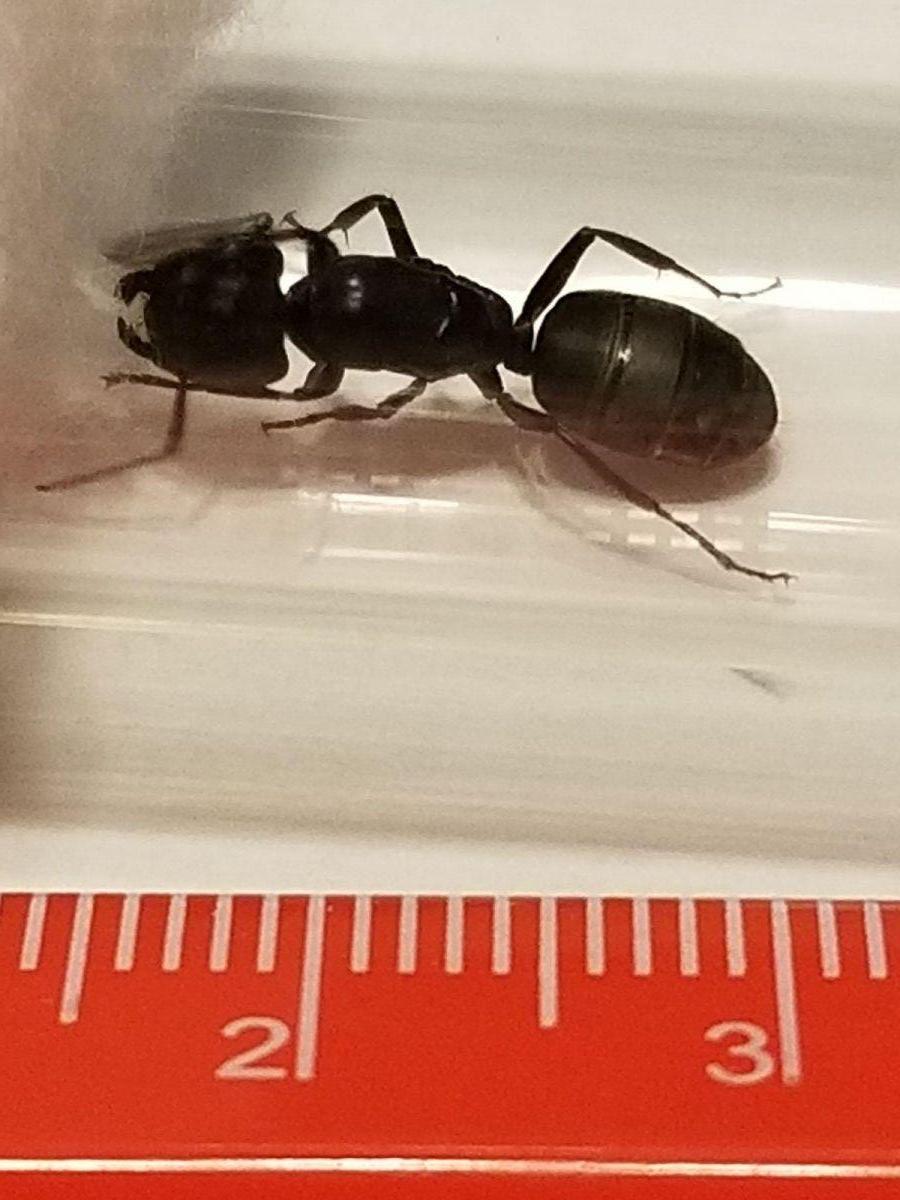
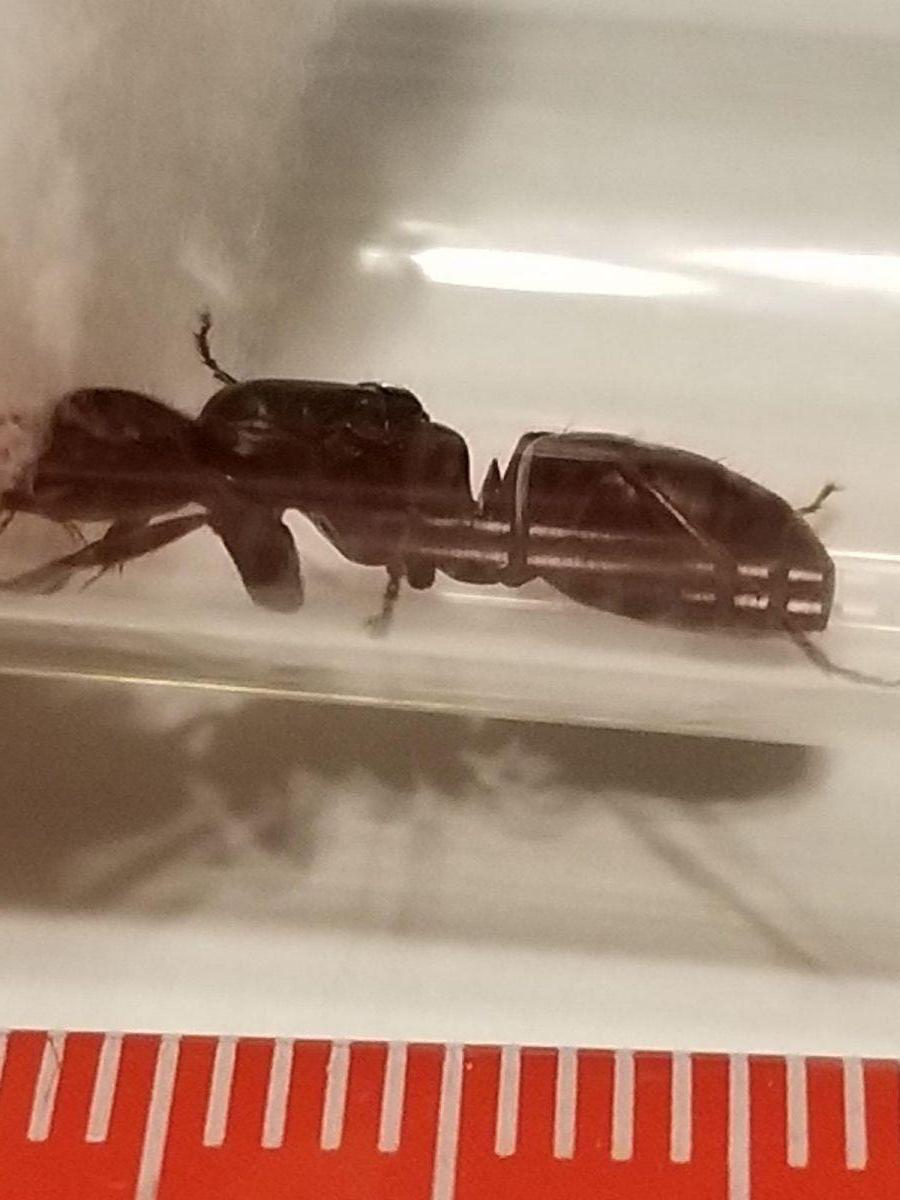
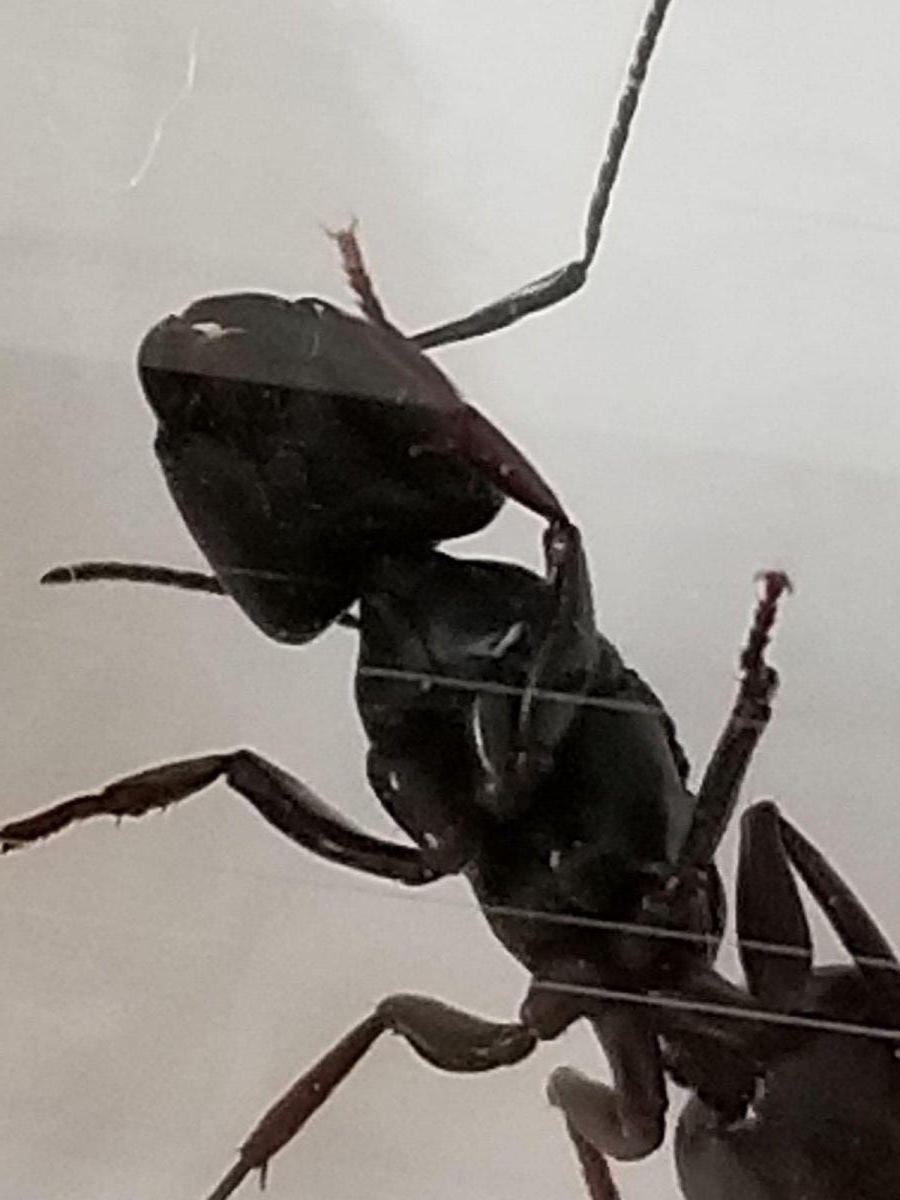
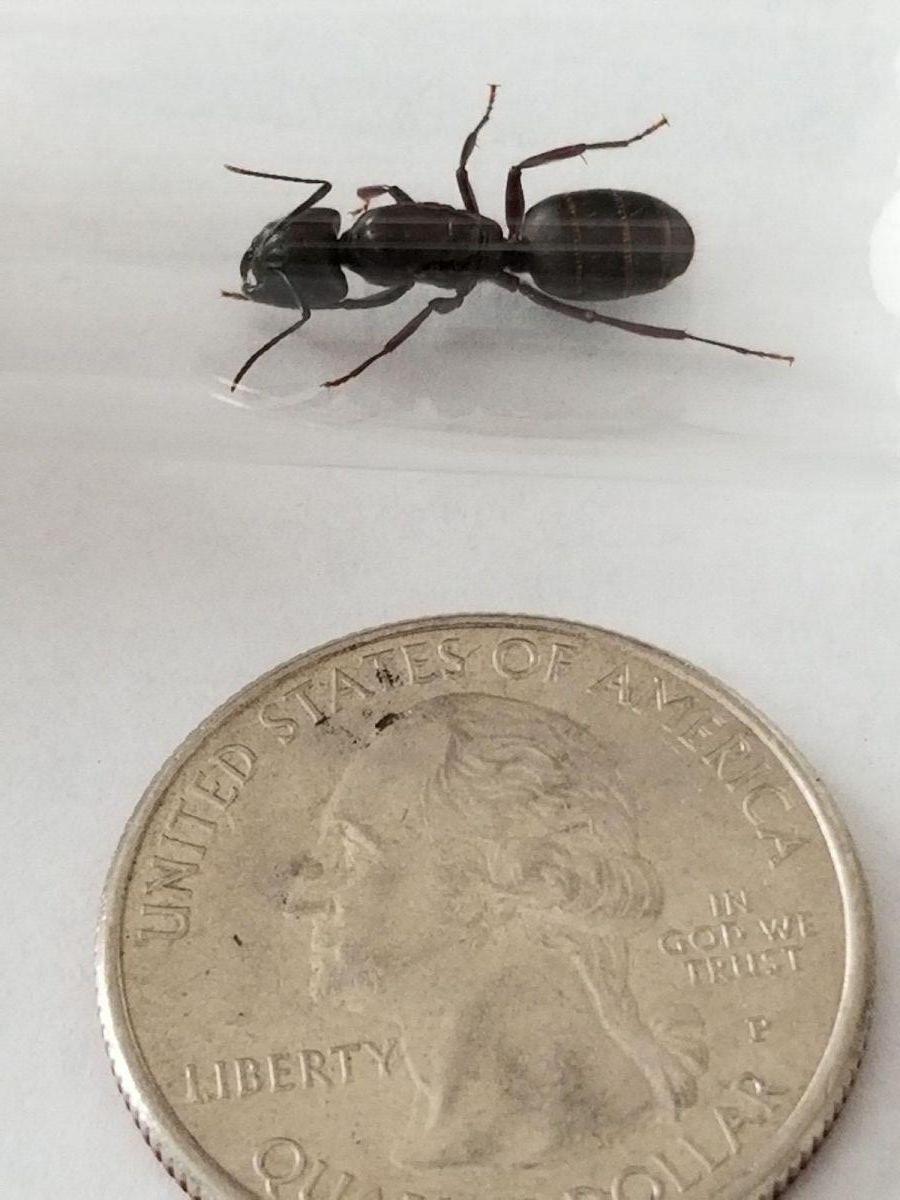
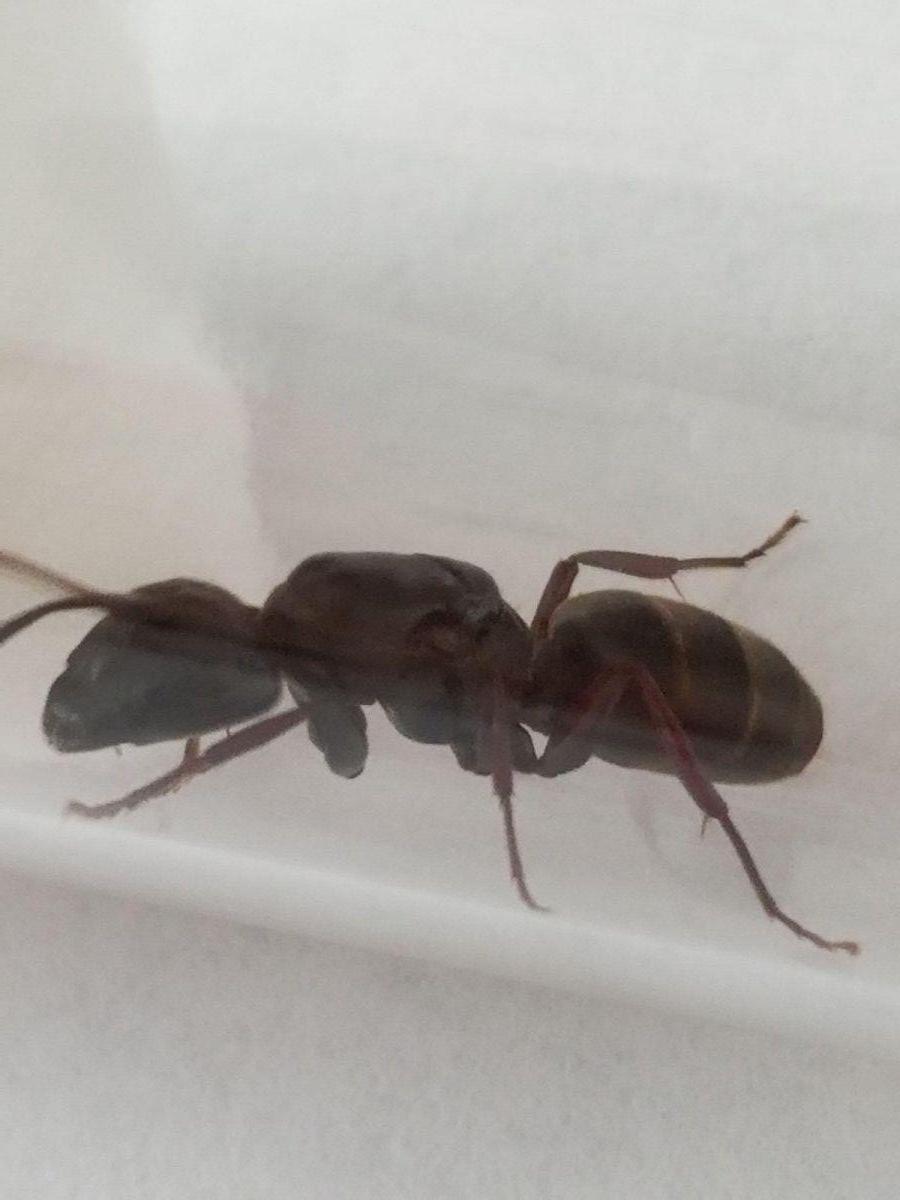
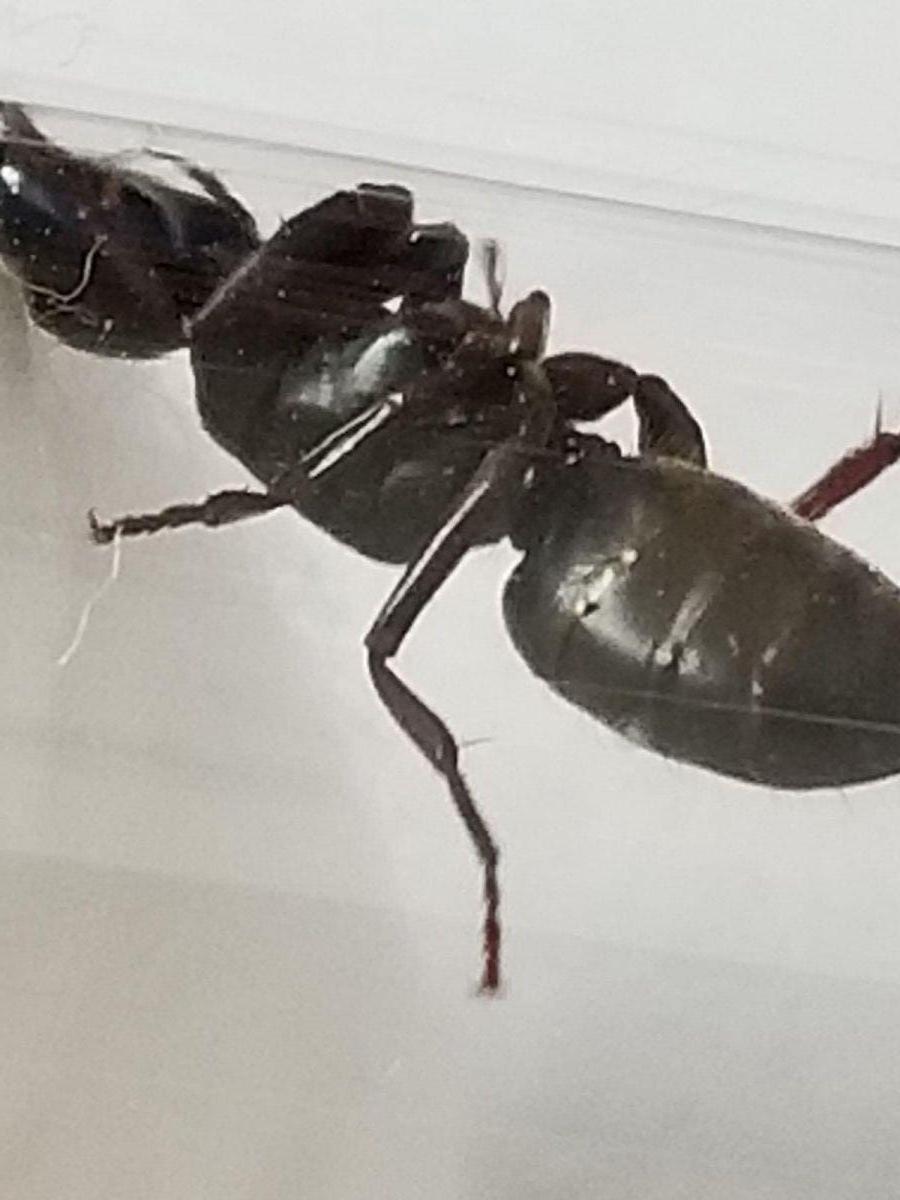
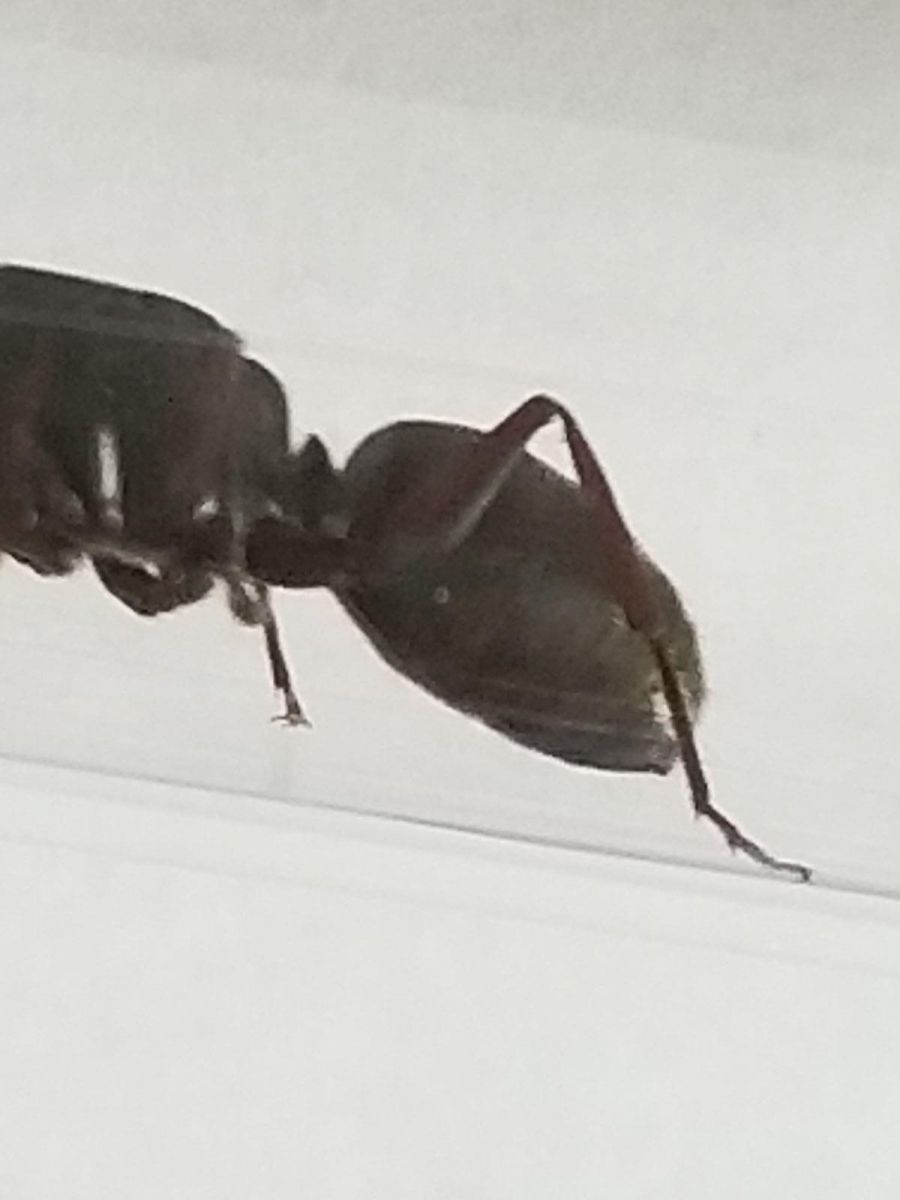
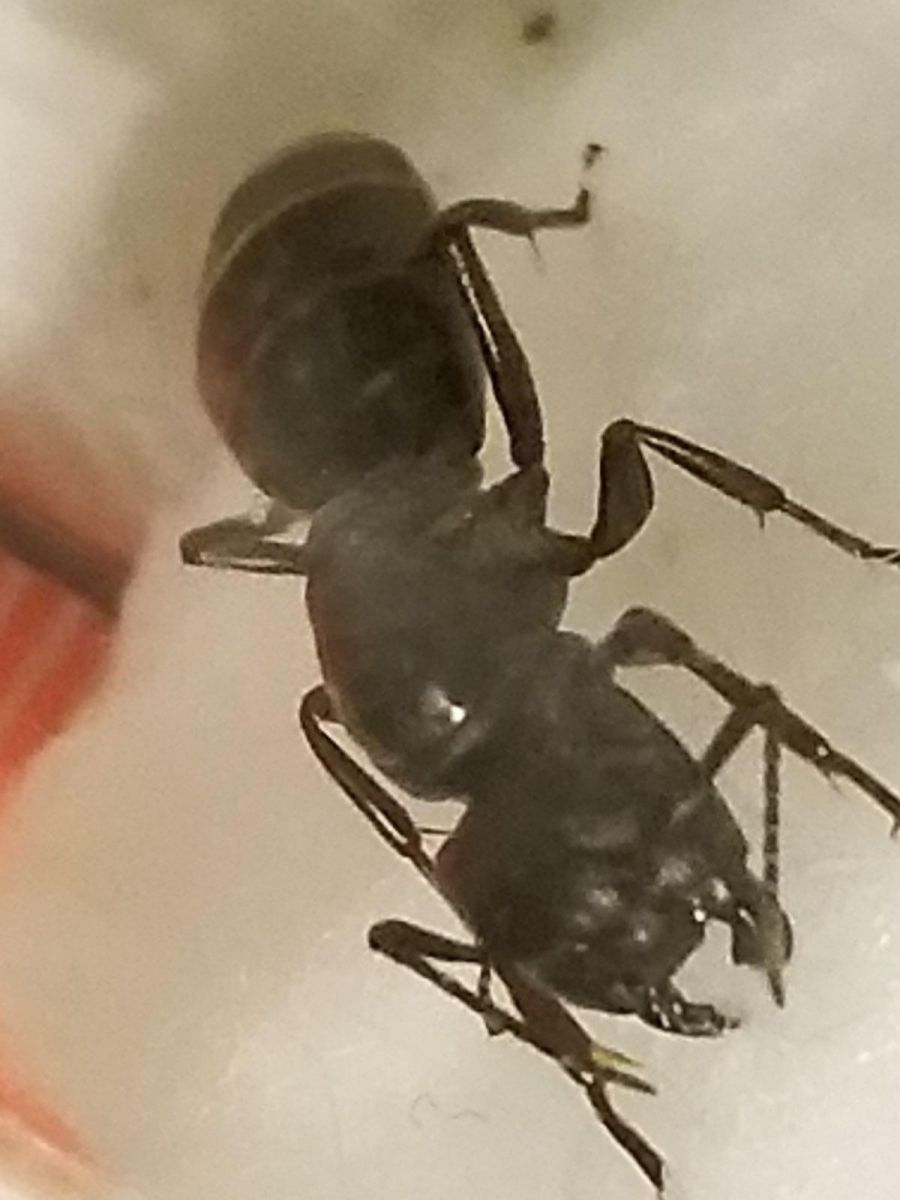
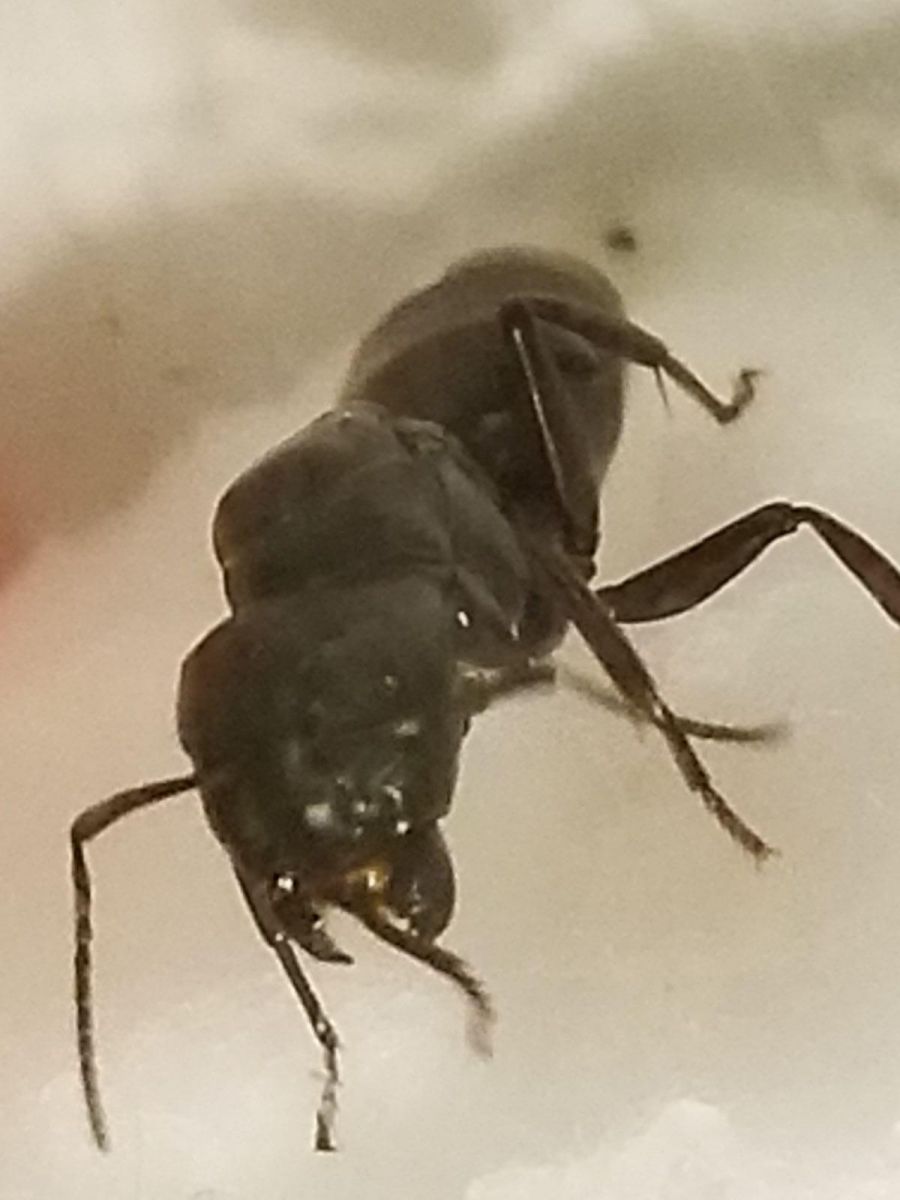
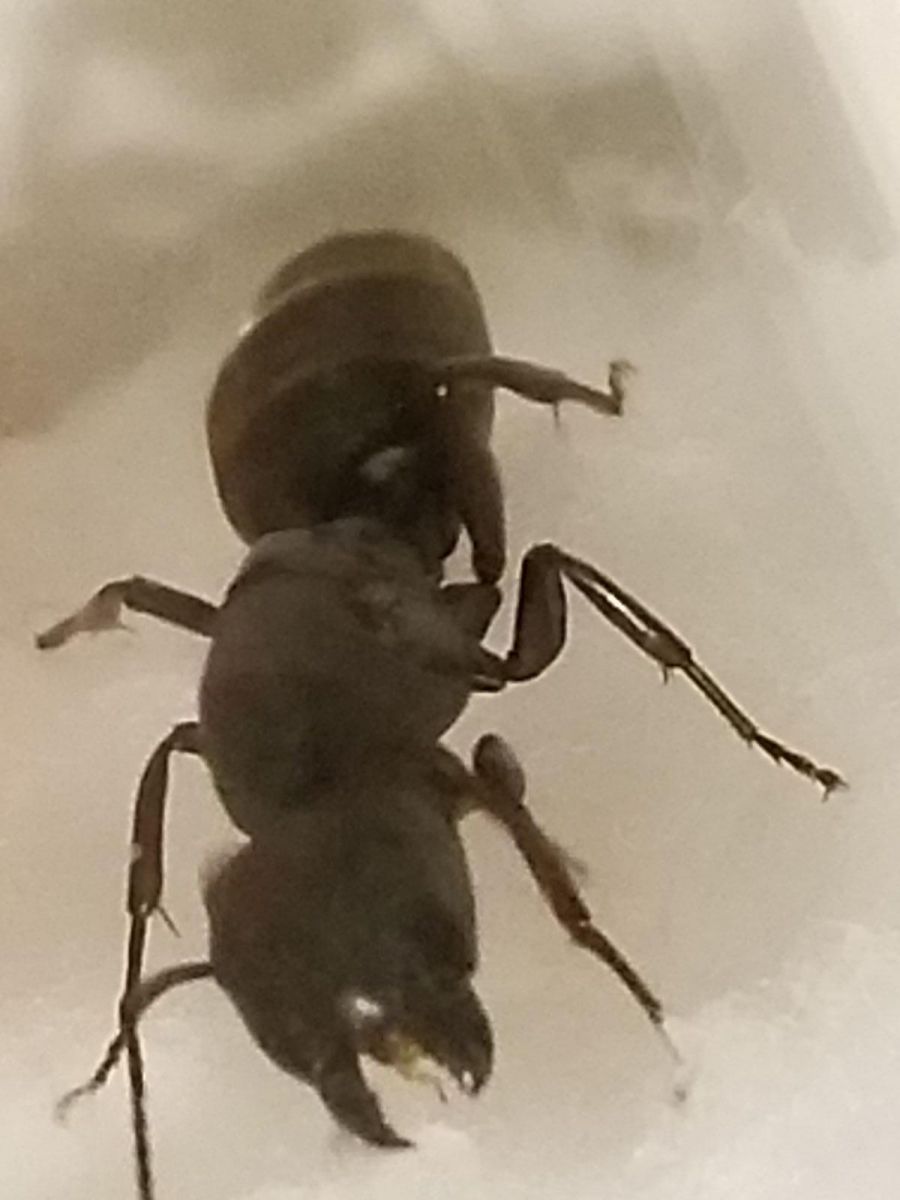
At first, because of the workers near where I collected her, I thought she might be C. pennsylvannicus, but with the almost matte appearance of the gaster, and the slight reddish tint that sometimes comes through the legs, I'm now leaning towards C. modoc. It might be that that colony was just incidentally near where I found her.
On a very personal note, I've definitely fallen in love with Camponotus. They're just so damned impressive. ![]() I'm very hopeful that I can get her to settle down and start laying brood.
I'm very hopeful that I can get her to settle down and start laying brood.
Along those lines, I'm also concerned with her pulling at the cotton as much as she has been. I've put her in the fridge for a couple hours, but when I've checked on her a couple days later, she's still pulling and trying to escape. Perhaps she needs more time to cool off, but I've also read on here that many people have trouble with them in test tubes. Any suggestions?
As always, many thanks for any help that you can give. ![]()
Cheers everyone!

















